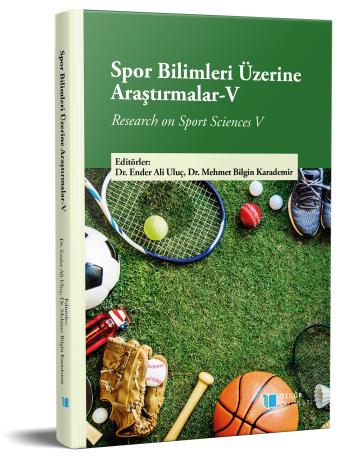
Sports in Children and the Elderly
Chapter from the book:
Uluç,
E.
A.
&
Karademir,
M.
B.
(eds.)
2023.
Research on Sport Sciences- V.
Synopsis
It is difficult for children and young people who have not had the opportunity to do sportive movements and who take irregular food to experience a healthy developmental stage. Compared to all other living things in nature, the growth and development of the human organism takes a much longer time in non-pubescent children. Due to the fact that children and young people have lower aerobic stores compared to adults, studies related to high aerobic and glucose use cannot be successful in terms of adults. With the increase in strength age; weight, height, resistance ratio in the skeletal system increases due to the increase in the muscle mass of the whole body. Strength training programs differ according to the age and developmental stages of the trained individuals. The aging period is the whole of biological and physiological events that start with birth and end with death. As the aging continues, the strength of the person decreases. The aging individual, whose endurance power has decreased, is seen to be alienated without continuing his life as a single individual. Older individuals are relatively low compared to young people in terms of speed as well as ability to coordinate. In the human organism, 50-75% balance problems are experienced in people over 55 years of age who have undergone structural and functional changes due to the rapid increase and progression of age and the decrease in physical mobility.

